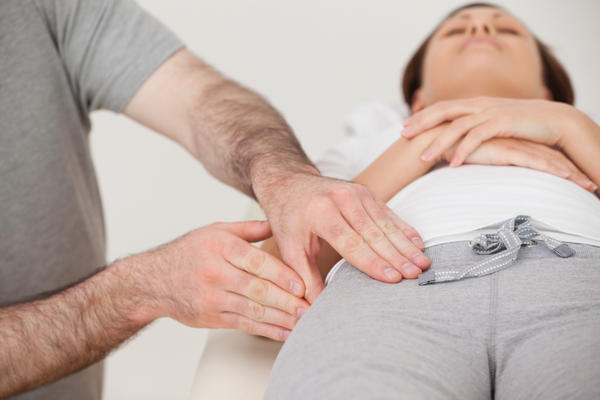Persons affected with bulge on either side of their public bone or burning / aching / gurgling sensations at the bulge itself are said to suffer from Inguinal Hernia. This particular problem is the result of protruding of the part of the intestine or membrane lining the abdominal cavity. It may result in painful sensations while coughing, lifting heavy objects or bending over. Inguinal hernia may not be so dangerous but it may cause complications if not treated in time. The doctor usually recommends surgical operations for the affected persons.
Signs of inguinal hernia – Those affected with this disease usually show the following signs:
- Bulge in area that surrounds either side of the pubic bone.
- Aching, gurgling or burning sensations at the bulge itself.
- Discomfort or pain in groin when affected persons lift some weight, bend over or cough.
- Dragging or heavy feelings in the groin area.
- Pressure or weakness in the groin.
- Frequent swelling or pain around the testicles when the protruding intestine descends into the scrotum.
Causes of inguinal hernia – Following causes may result in this ailment:
a.A weak spot in the abdominal wall that may result in this disease.
b.Enhanced pressure in the abdomen.
c.A combination of the above two causes may also result in this ailment that may occur because of straining during urination or bowel movements.
d.Ascites, i.e. fluid in the abdomen.
e.Heavy lifting may also result in inguinal hernia.
f.Obesity and pregnancy may also lead to this disease.
g.Acute sneezing or coughing may also be culprits.
Treatment – Proper answer to the question, i.e.How do I treat an inguinal hernia? may be found as under:
Patients suffering from small sized hernia may have to wait and seek doctor’s advice who may recommend surgery. Following apt methods are usually adopted by the doctors to treat the hernia patients:
a.Herniorrhaphy – Also known as an open hernia repair; this method involves an incision that is made and pushed in the groin. It helps in protruding the intestine or omentum back into the abdomen. The torn or weakened muscle is then sewed together. A synthetic mesh, i.e. hernioplastry is used for supporting and reinforcing the weak area. The patients are advised to make movements in easy manners after the surgery. Normal activities may be resumed within four to six weeks after this operation.
b.Laparoscopy – The other answer to the particular query, i.e. How do I treat an inguinal hernia? is Laparoscopy. This particular operation involves many small incisions in the abdomen. A tiny camera is used while a small tube is also inserted into one incision. The camera is used to guide the surgeon for inserting small instruments through the other incision for repairing the hernia with the help of synthetic mesh. Those undergoing Laparoscopy suffer less pain and scarring. Doctors recommend this operation as it helps in early repairs. Patients with very large hernia or with the intestine pushed down into the scrotum should avoid this procedure. Those who have undergone prostate surgery should also stay away from Laparoscopy.
Persons prone to this ailment should maintain healthy weight, avoid lifting heavy objects and take fiber rich diets. Green leafy vegetables are good for them. Abstinence from alcohol and tobacco is a must.

Leave a Reply
You must be logged in to post a comment.